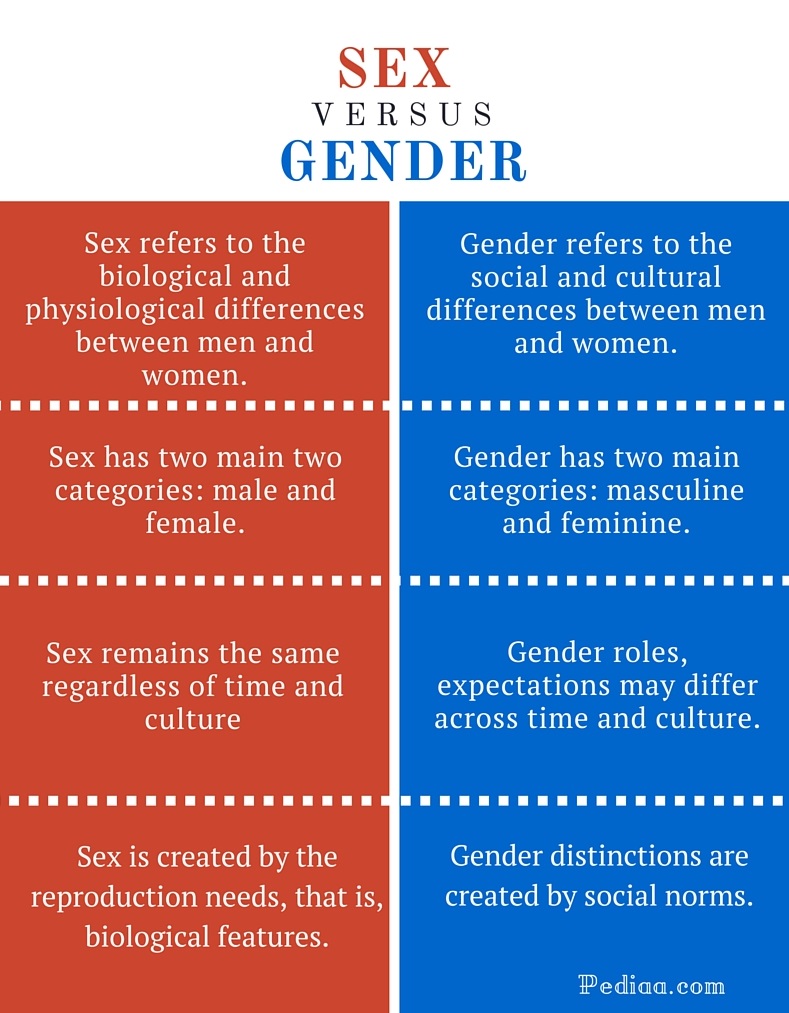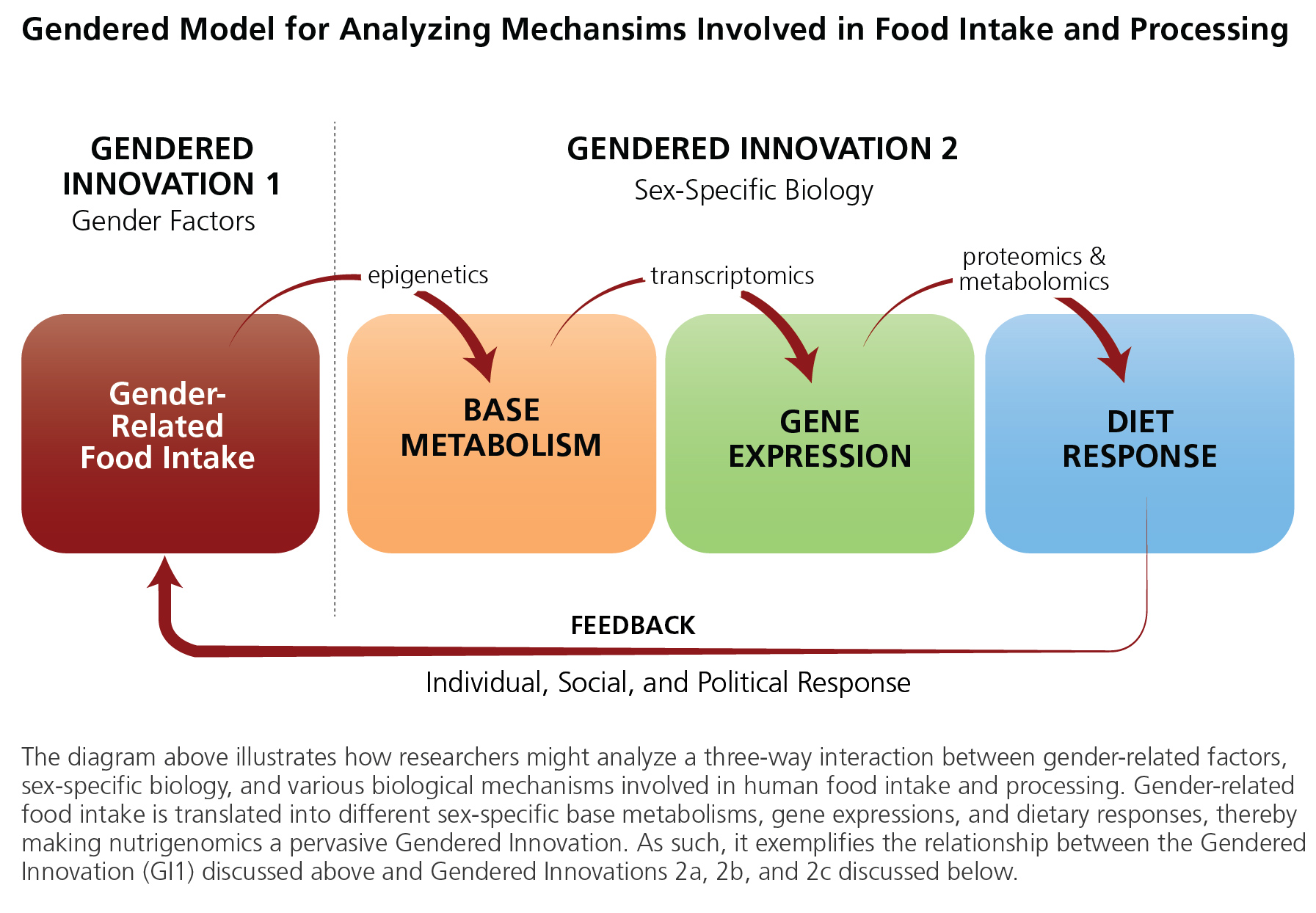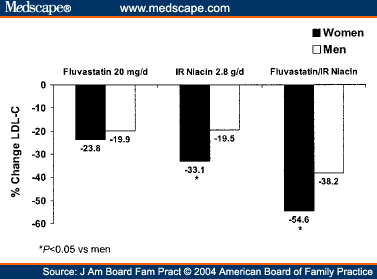Sex Differences and Similarities in Atrial Fibrillation Epidemiology, Risk Factors, and Mortality in Community Cohorts Results From the BiomarCaRE Consortium (Biomarker for Cardiovascular Risk Assessment in Europe)

Welcome to the OSSD! The Organization for the Study of Sex Differences (OSSD) is a scientific membership organization that seeks to enhance knowledge of sex/gender differences by facilitating interdisciplinary communication and collaboration among scientists and clinicians of diverse backgrounds.
Seafood Long-Chain n-3 Polyunsaturated Fatty Acids and Cardiovascular Disease: A Science Advisory From the American Heart Association


Sex differences in crime are differences between men and women as the perpetrators or victims of crime.Such studies may belong to fields such as criminology (the scientific study of criminal behavior), sociobiology (which attempts to demonstrate a causal relationship between biological factors, in this case biological sex and human …

Sex differences in humans have been studied in a variety of fields. In humans, biological sex is determined by five factors present at birth: the presence or absence of a Y chromosome, the type of gonads, the sex hormones, the internal reproductive anatomy (such as the uterus), and the external genitalia.
Genetic Components of Sex and Gender . Humans are born with 46 chromosomes in 23 pairs. The X and Y chromosomes determine a person’s sex. Most women are 46XX and most men are 46XY.




Sex/gender differences in the brain are of high social interest because their presence is typically assumed to prove that humans belong to two distinct categories not only in terms of their genitalia, and thus justify differential treatment of males and females.

Similarly to other addictive drugs, fewer females than males use marijuana (SAMHSA, 2014).For females who do use marijuana, however, the …
The Pardee RAND Graduate college () is the largest public policy Ph.D. program in the nation and the only program based at an independent public policy research organization—the RAND Corporation.
August 18, 2011 Study Finds Sex Differences in Mental Illness. Men more likely to develop substance , antisocial problems; women more likely to …

Recent Comments